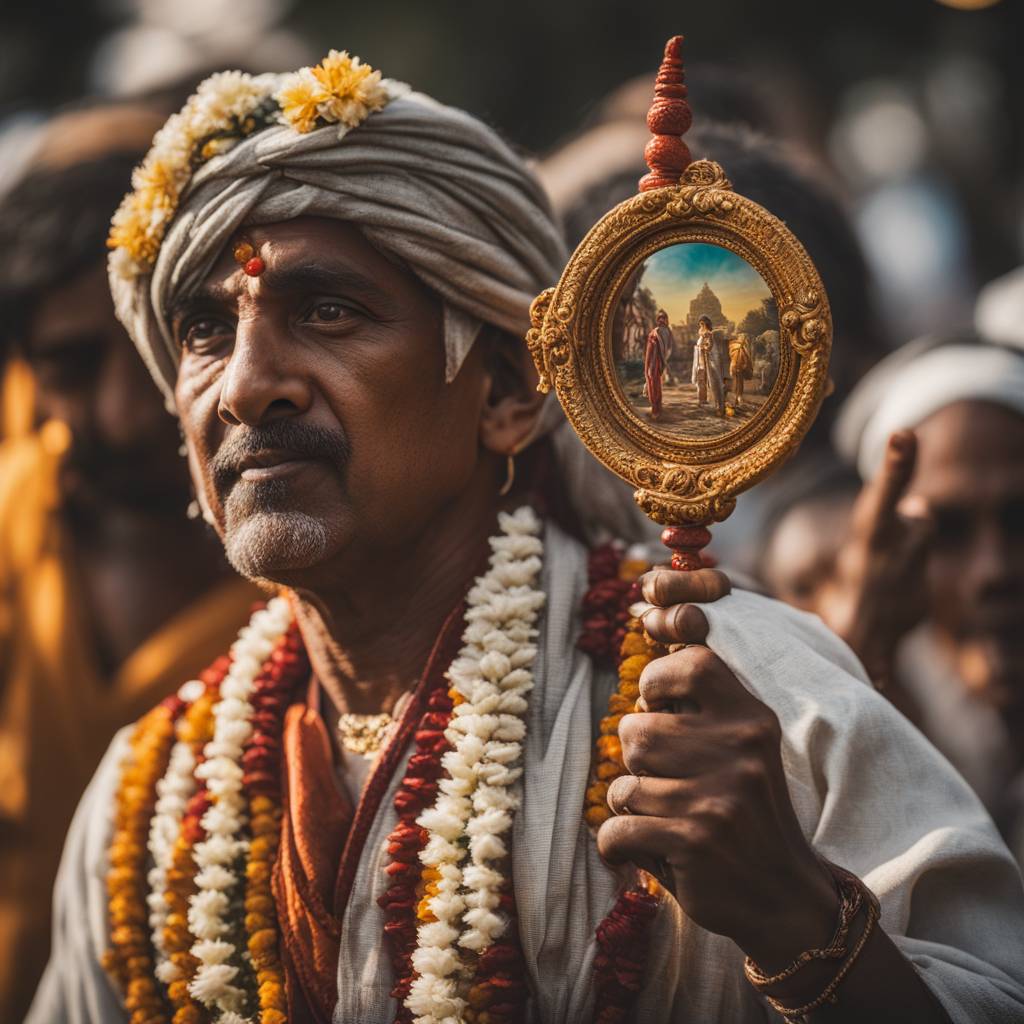As a child raised in the Hare Krishna community in the United States, the author was taught to fear solar eclipses as a time when the demon Rahu’s head would threaten the sun and the moon. During these times, the community would gather in the temple, reciting prayers to counteract the darkness consuming the universe. This fear would gradually turn to unity as the eclipse passed, symbolizing the triumph of goodness over chaos. The author’s early exposure to Vedic cosmology, which views the physical universe as animate and vibrant, shaped their worldview, although they have since transitioned towards embracing modern science and understanding eclipses as natural phenomena rather than mythic events.
Over time, the author’s exposure to scientific literature, such as Carl Sagan’s “The Demon-Haunted World,” led them to shift away from a mythic-religious perspective and towards a deeper appreciation for the complexity of the universe. They came to understand a solar eclipse as the moon passing between the earth and the sun, rather than a demon’s attempt to devour the celestial bodies. This transition did not diminish their sense of awe and wonder for the cosmos but rather heightened their curiosity and desire to explore the mysteries of the universe through their artistic practice.
The author’s artistic practice is rooted in ontological questions and an exploration of mythologies inherited from ancestors, reinterpreting them in a modern context. They believe that these archetypes can represent the limits of rational understanding and coexist with the gods of ancient mythologies. The author credits their childhood immersion in a mythological worldview for providing a bridge of understanding to beliefs that may not be explained by science, allowing them to connect with billions of people who hold such beliefs.
The experience of witnessing a total solar eclipse, with its overwhelming sense of universal connectedness, mirrors the overview effect experienced by astronauts in space. The brief glimpse into an altered state during totality serves as a reminder of our relationship to the universe as a whole. The author emphasizes the importance of acknowledging the role of seers, mystics, and pagans in history as scientists of their time, using available tools to comprehend the world around them. Science, as a humble discipline open to revisions and updates, should be seen as an act of reverence towards the infinite mysteries of the universe.
The author’s artistic work, including multiple exposure images created in the studio, explores the intersection of mythologies with modern interpretations, paying homage to ancestors while creating new archetypes relevant to the present era. They view events like solar eclipses as opportunities to reflect on humanity’s place in the cosmos and appreciate the interconnectedness of all beings. The author’s beliefs have evolved from a religious upbringing to a more scientific perspective, while still maintaining a deep sense of wonder and curiosity towards the mysteries of the universe.








